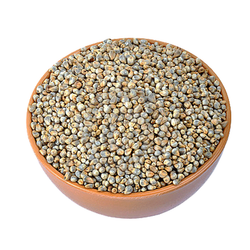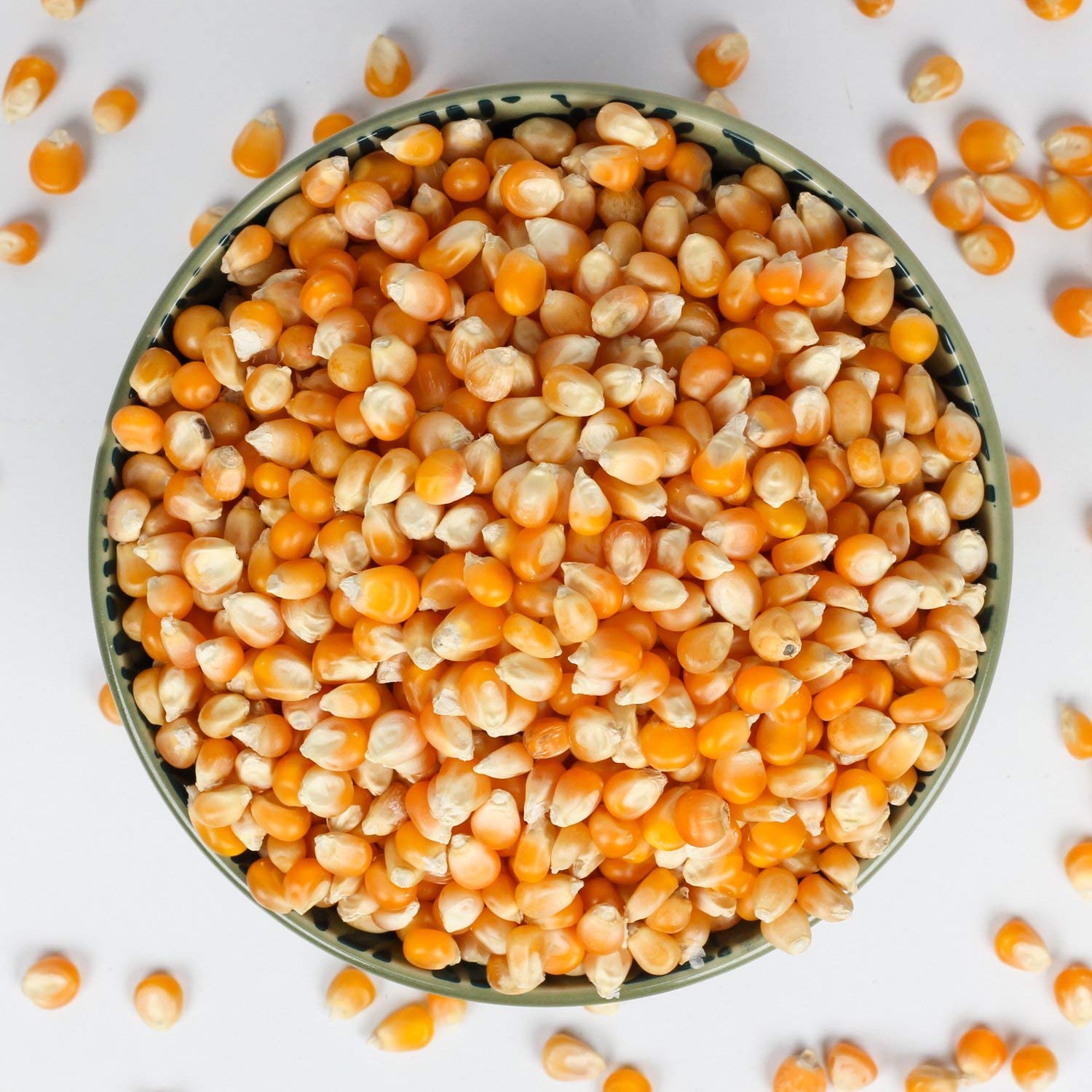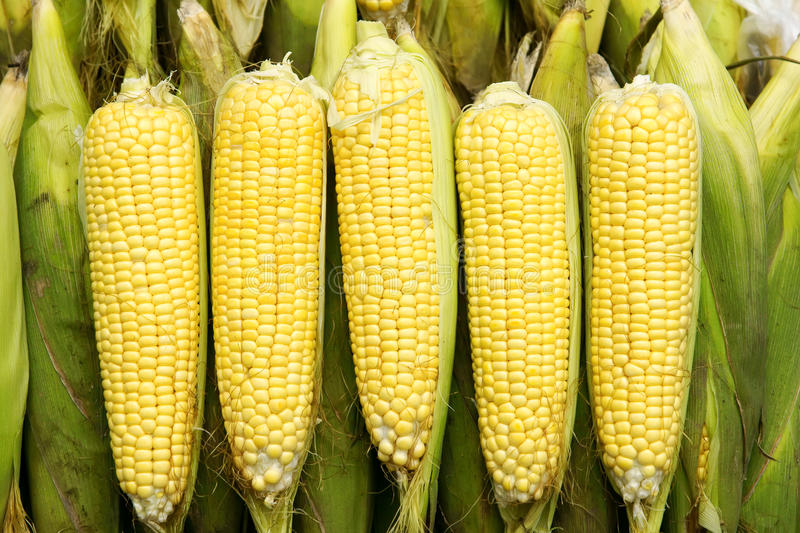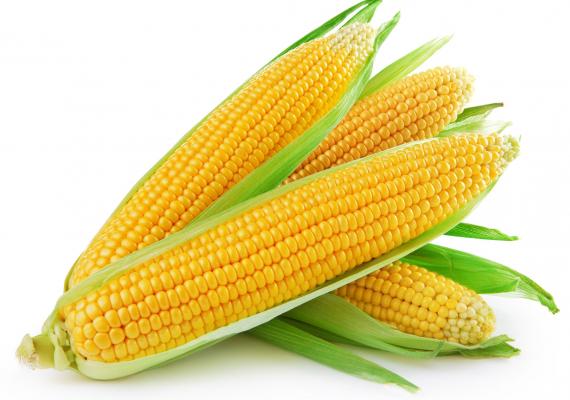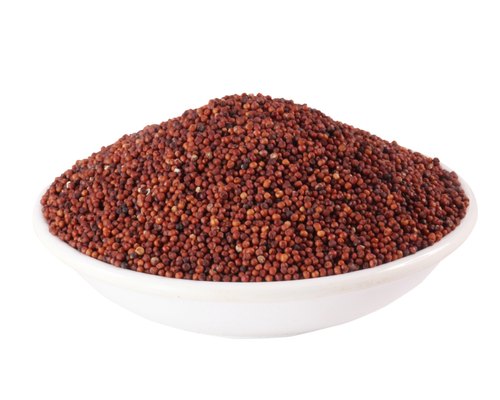Kaempferol
Micronutrient
Last update date: October 11, 2023
Kaempferol is a polyphenol antioxidant, commonly found in fvegetables (predominantly green leafy vegetables). It has anti-inflammatory and anti-cancer properties.
Frequently Asked Questions
1.
What is Kaempferol?
Kaempferol is a natural flavonoid found in various foods like fruits, vegetables, and tea, as well as in cannabis plants. It's known for its health benefits. Kaempferol, a flavonoid subgroup, contributes to the vibrant colors of fruits and vegetables and plays a protective role in cannabis plants. This versatile compound has potential health benefits for humans.
2.
What is positive impact of Kaempferol?
Now, let's discuss the positive impact of kaempferol. It offers antioxidant properties, potential anticancer effects, and anti-inflammatory benefits. Antioxidant Properties: Kaempferol acts as a powerful antioxidant, neutralizing harmful free radicals, reducing oxidative stress, and promoting overall health. Anticancer Potential: Studies suggest kaempferol may inhibit cancer cell growth and spread, showing promise in cancer prevention. Anti-Inflammatory Effects: Kaempferol's anti-inflammatory properties can help combat chronic inflammation, a key factor in many diseases.
3.
What is negative impact of Kaempferol?
Let's explore the potential negative impact of kaempferol: Possible Allergic Reactions: Some may be sensitive or allergic to kaempferol-rich foods, causing mild to severe reactions. Medication Interactions: Kaempferol may interact with medications, impacting their efficacy or causing side effects. Consult your healthcare provider if you have concerns. Digestive Discomfort: Excessive consumption of kaempferol-rich foods can lead to digestive discomfort in rare cases.
4.
Who should avoid Kaempferol?
Determining who should limit kaempferol-rich foods: Individuals with Allergies: If you're allergic to kaempferol sources, avoid them to prevent allergic reactions. Medication Interactions: Consult your healthcare provider if you take medications that may interact with kaempferol. Digestive Sensitivities: If you experience digestive discomfort, moderate your intake. For most, kaempferol is a valuable nutrient when part of a balanced diet.
5.
What are common sources of Kaempferol?
Explore common sources of kaempferol for a healthier diet: Vegetables: Spinach, kale, broccoli, Brussels sprouts, and Chinese cabbage are rich in kaempferol and essential nutrients. Fruit: Cherries, blueberries, and apples offer kaempferol's benefits and natural sweetness. Herbs and Leaves: Enhance your dishes with dill, fennel leaves, chives, and parsley. Tea: Green, black, and oolong teas contain kaempferol. Incorporating these foods into your diet can promote well-being.




